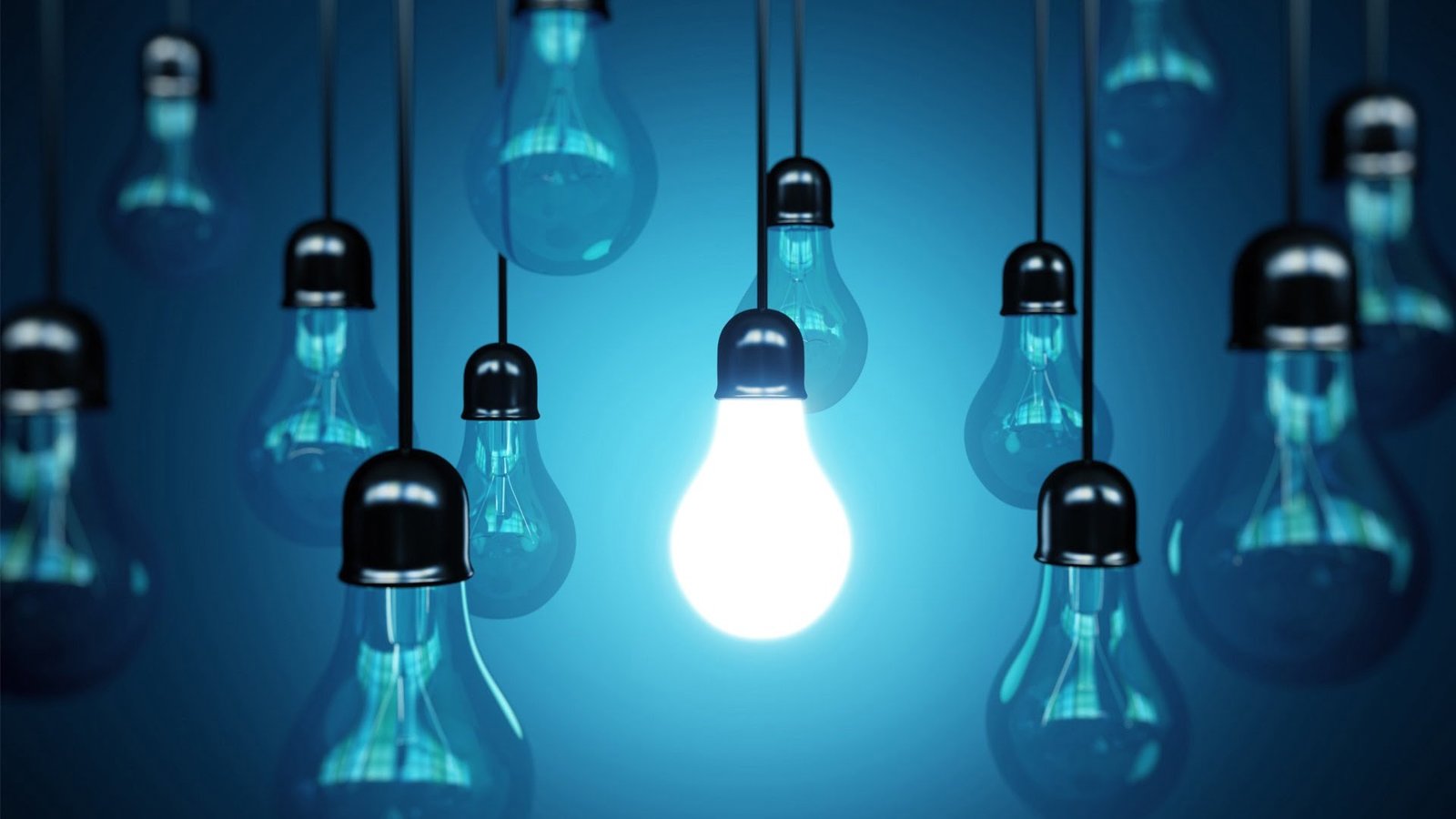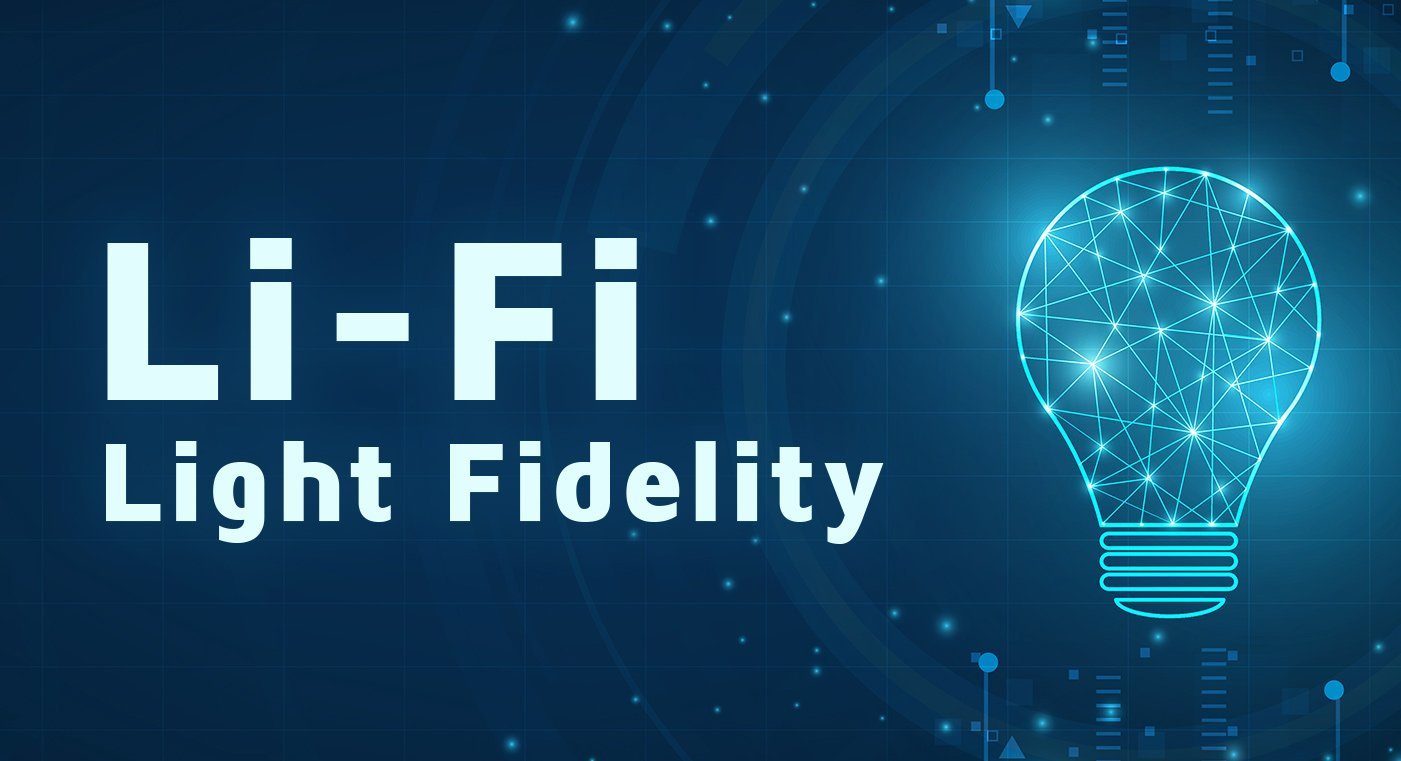
Blog
LiFi : Internet par la lumière en 7 questions
Le LiFi connaît depuis quelques années un essor certain dans le monde des télécom. Cette innovation, issue d’années de recherche et développement, met le progrès technologique au service de la connectivité, de la sécurité, de l’environnement et même de la santé. Trouvez la réponse à toutes vos questions sur le LiFi en 7 questions !

Accueil > Blog > Technologie > LiFi : Internet par la lumière en 7 questions
LiFi: Internet through light in 7 questions
LiFi has been gaining momentum in the telecommunications world for several years now. This innovation, the result of years of research and development, puts technological progress at the service of connectivity, security, the environment and even health. Find the answer to all your questions about LiFi and learn everything you need to know about the Internet through light in 7 questions!
1. What is LiFi ?
LiFi, for Light Fidelity, is an Internet connection technology using LED light, which is therefore different from traditional technologies such as WiFi, 4G or 5G, which are based on radio frequency waves.
2. How does LiFi work?
Data transmission via LiFi takes place between a transmitter device (Access Point) and a receiver device (Dongle). The LED bulb, located in the transmitter device, emits extremely fast variations in light intensity, invisible to the naked eye. These intensity variations are captured by the receiver device and converted into an electrical signal , which is then transmitted to the computer, smartphone or tablet, which finally translates them into intelligible information.
3. Will LiFi replace WiFi?
The ambition of LiFi is not to replace WiFi, but to offer an efficient alternative where radio waves are not desirable, and to complement or reinforce WiFi to ensure optimal connectivity where traditional technologies are insufficient.
4. Is LiFi connection high-speed?
The answer is yes, LiFi offers an ultra-fast Internet connection, with speeds of up to 1 Gb/s, equivalent to the best fiber optic offerings.
5. What are the possible applications of LiFi?
LiFi has already found its place in several sectors, but there are many others with open arms that promise a bright future:
- Education, to protect children from WiFi radio frequencies, and because wireless installations are much less cumbersome.
- Sectors dealing with sensitive or confidential data (law firms, ministries, intelligence services, defense...), because it is unhackable and, unlike WiFi, cannot be intercepted outside the broadcast room.
- Health, because the most vulnerable people shouldn't be exposed more than necessary to the effects of radio waves, which we still know too little about.
- Transportation, and in particular aviation, because it doesn't interfere with on-board electronic equipment and because a LiFi installation is half the weight of a WiFi installation, resulting in significant fuel savings.
6. Is LiFi more secure than WiFi?
In terms of cybersecurity, LiFi is indeed more secure than WiFi. Because the signal it emits is limited to the light beam emitted by the LED, it doesn't go through the walls of the room in which it is broadcast, and cannot exceed the projection area of the light beam.
It is therefore unhackable by an ill-intentioned person located outside the establishment where it's being used, unlike WiFi, whose average range is 250 meters outdoors and 35 meters indoors.
7. Is LiFi healthier than WiFi?
In our ultra-connected society, radio frequency waves are omnipresent. However, for several years now, their impact on health has been raising questions to which no really reassuring answers have yet been provided. In order to face this potential danger, new directives have been introduced, such as the Abeille law, which prohibits the use of WiFi in establishments hosting young children.
LiFi uses the optical part of the electromagnetic spectrum, and therefore does not use radio waves like WiFi, 4G or 5G. It is therefore safe for health and can be used without fear in environments with vulnerable, sick or young people.
Articles récents

Catégories
Découvrez aussi...




